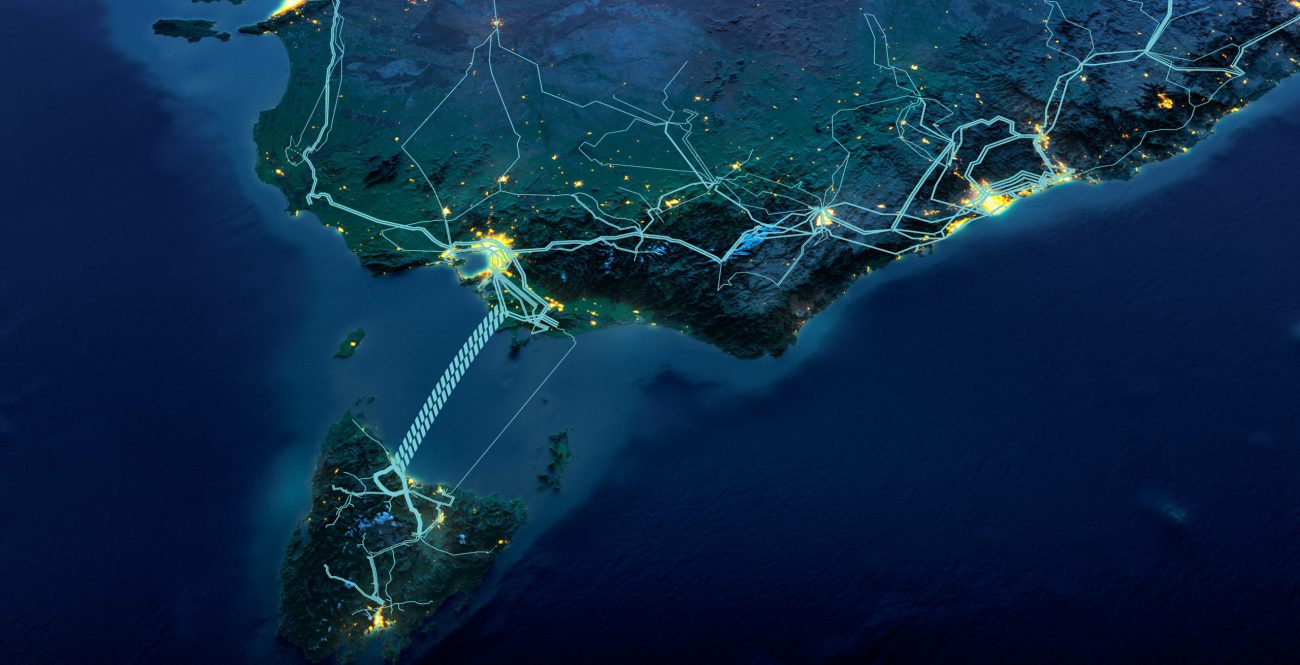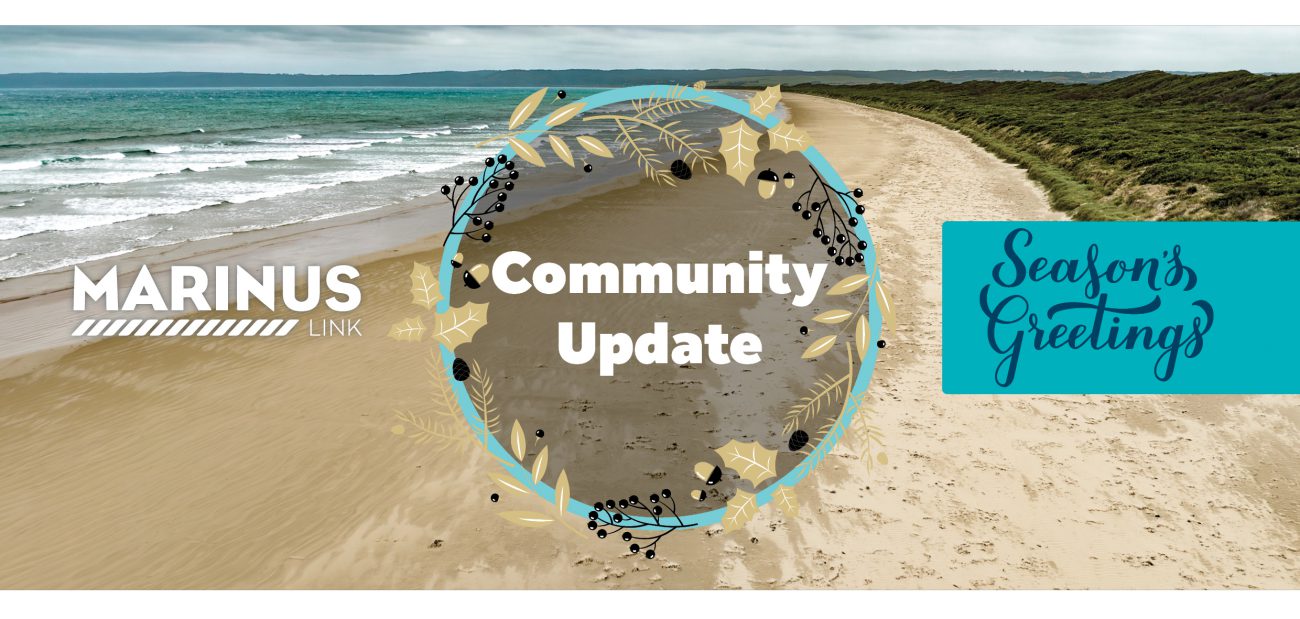
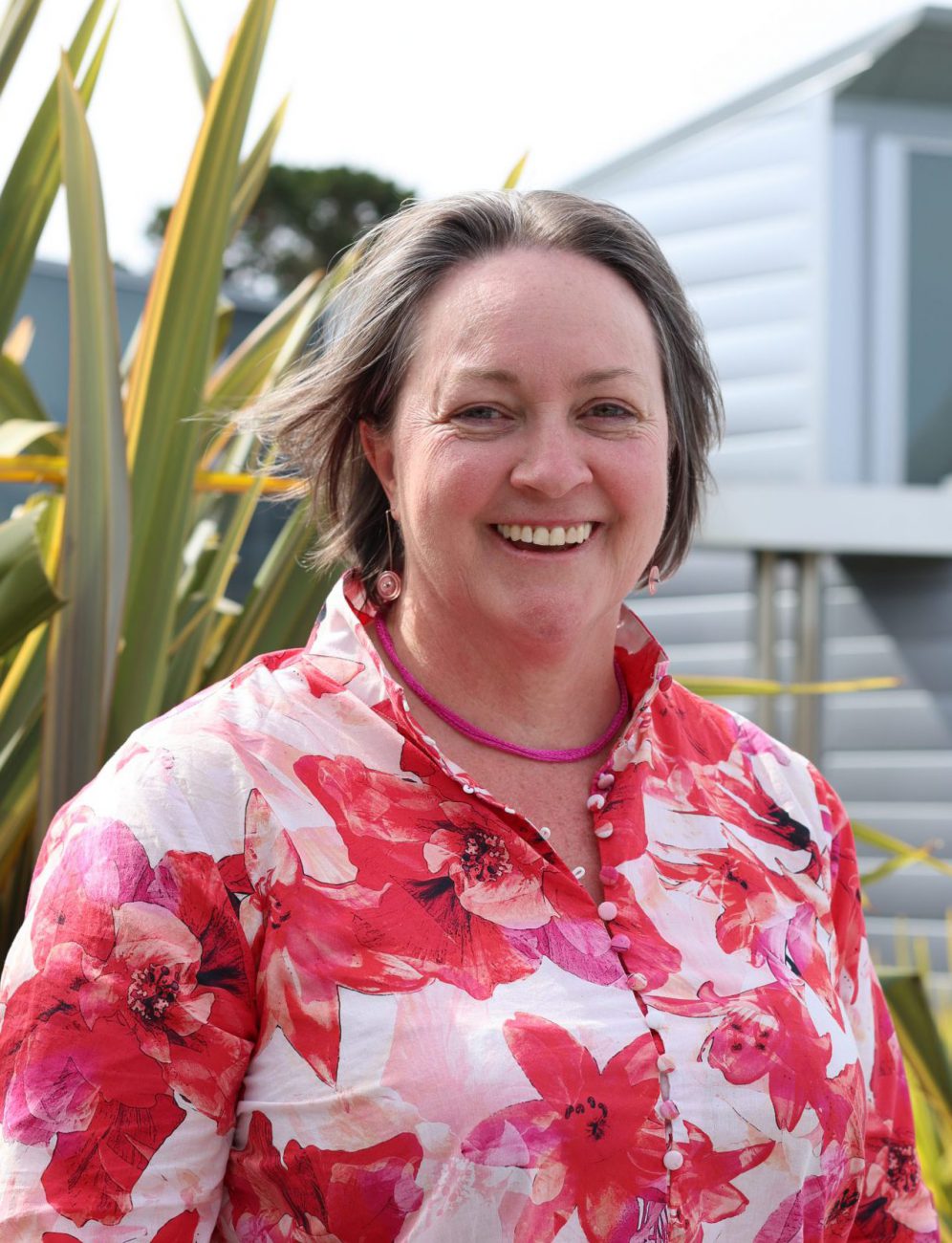
A word from our CEO, Caroline Wykamp
Marinus Link is a nationally significant project by any measure. It is a cornerstone of the Australian Government’s Rewiring the Nation Plan, delivering more renewable generation development, as well as more energy security as we transition to renewables.
As the year comes to a close, I would like to reflect on how far the project has come over the last 12 months. I would also like to share where we are going, and what the next 12 months looks like for Marinus Link; our landowners, stakeholders and communities that we work with.
What we have done in 2023
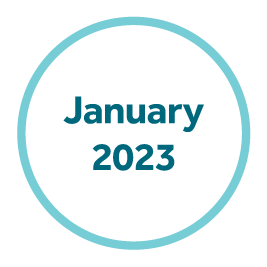
In December 2022, we released the tender for the manufacture of our cable and in January 2023, we released the tender for our two converter stations.
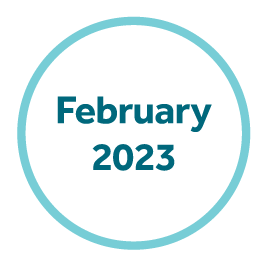
In February, we finished our initial geotechnical investigations in Victoria. The information we gathered from this investigation campaign is crucial to the finalisation of our cable route and construction methods. Thank you to all landowners that worked closely with our project team during these works.

In February, we finished our initial geotechnical investigations in Victoria. The information we gathered from this investigation campaign is crucial to the finalisation of our cable route and construction methods. Thank you to all landowners that worked closely with our project team during these works.
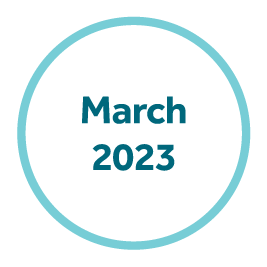
March saw us in the community hosting drop-in sessions in Churchill, Dumbalk, Fish Creek, Meeniyan, Mirboo North and Sandy Point. In addition, the team also hosted two online information sessions. Over the course of these engagements, we had 233 conversations with community members and stakeholders. Key themes that were discussed included: job opportunities, community benefits, the environmental impacts of the project, the project’s timeline and government approvals process, landowner engagement, and cultural heritage.
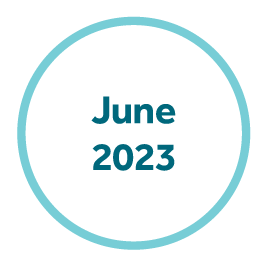
In June we proudly launched the Marinus Link Sustainability Framework. The Framework will drive the responsible delivery of the project, and importantly, guide how Marinus will leave a positive legacy in our communities.
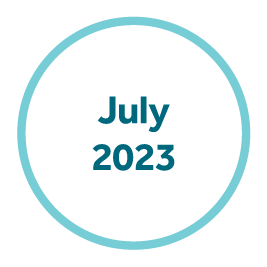
July saw us complete our second tranche of geotechnical investigations; from Mardan to Waratah Bay Beach, and in September, we completed investigations from Driffield to Hazelwood. Again, a big thank you to all landowners who worked with us during these campaigns.
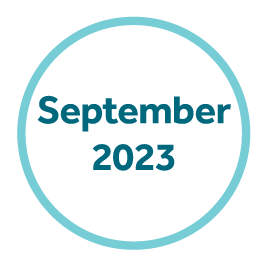
Also in September we saw a deal struck between the Tasmanian and Australian governments to take the project forward. This new deal saw a refocus of the project into two distinct stages. These stages are as follows:
- Marinus Link is proposed to be built in two 750 megawatt (MW) stages, with construction of Stage 1 expected to begin in 2025.
- Stage 1 is set to be delivered around 2028, with Stage 2 timing to be determined at a later date.
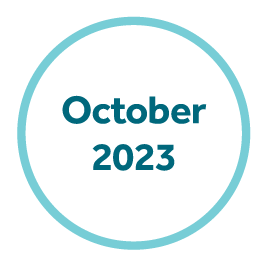
October saw a first for the project, with the launch of an Uncrewed Surface Vessel to undertake non-invasive geophysical surveys within Waratah Bay.
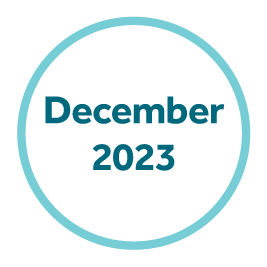
December 2023 is a big month for Marinus Link. Around the time you receive this newsletter we will be:
- Releasing our civil construction pre-qualification documents to the market – we recently held an industry briefing to suppliers on this;
- Submitting our Environmental Impact Statements (EISs) to the government for assessment – this is a major milestone in the approvals process for Marinus Link;
- Receiving our revenue determination for ‘Part A’ (Early Works) of Marinus Link from the Australian Engery Regulator (AER).
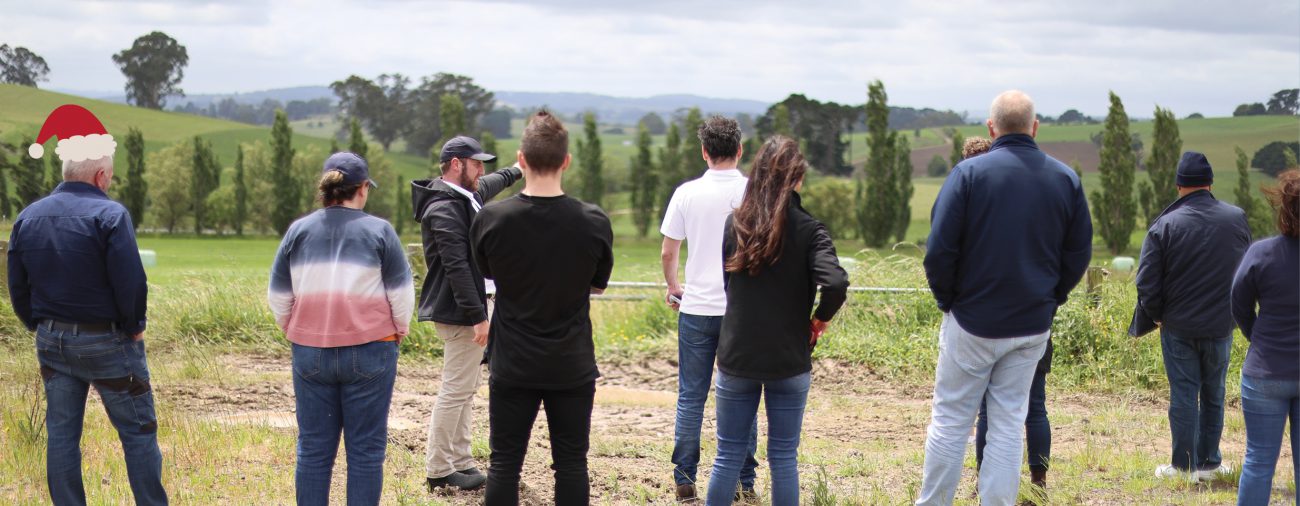
What we have planned for 2024
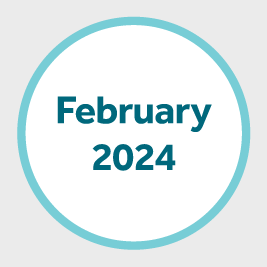
In February 2024, we will be submitting our revenue proposal to the AER for ‘Part B’ (Construction). The revenue proposal will outline how Marinus Link will ensure prudent recovery of costs for the construction of the project, a requirement under the National Electricity Rules.

Early 2024 will see Marinus Link Pty Ltd become a standalone entity, progressed through a joint venture between the Australian, Victorian and Tasmanian governments. This will mean Marinus Link is no longer a subsidiary of TasNetworks, which is owned by the State of Tasmania.
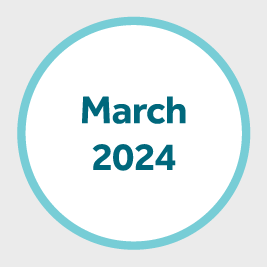
In March and April our EIS documents are expected to be on public exhibition. During this time, we will be hosting drop-in information sessions throughout Gippsland to answer questions and provide information on the EIS documents and approvals process. Our next newsletter will provide details on these drop-in information sessions and where you can access the EIS during the public exhibition period.
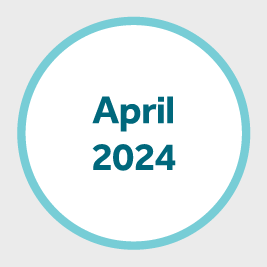
Also in April, we are planning to notify successful pre-qualified suppliers, before announcing our preferred civil contracts in October/November.
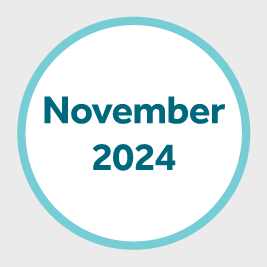
November will see us receive our revenue determination from the AER on our ‘Part B’ revenue proposal.
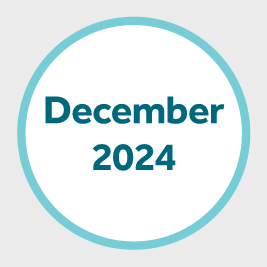
And finally, the biggest and most important milestone for Marinus Link will be our Final Investment Decision (FID), which is scheduled for December 2024. Following FID and subject to approvals, Marinus Link will commence construction, which is pencilled in for 2025.
Learning about First Peoples’
connection to Country
Recently, members of the Marinus Link team travelled to GunaiKurnai Land and Waters Aboriginal Corporation (GLaWAC) Country to learn and connect.
We would like to thank Grattan Mullett and Uncle Lloyd Hood for generously sharing their profound knowledge, wisdom, and culture with us. Their teachings are invaluable, shaping our understanding and fostering a deeper respect for your culture.
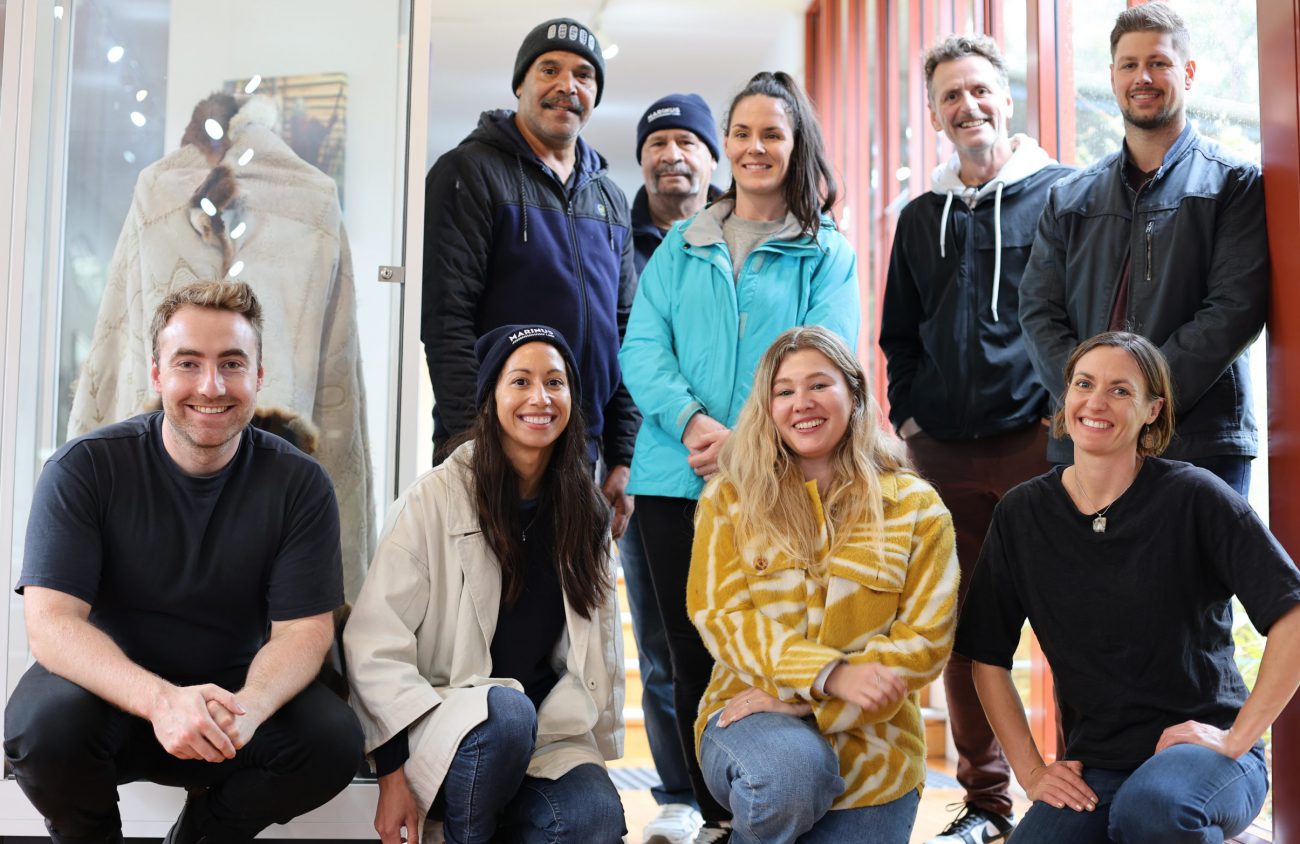
Landowners
– Thank you
By Brett McGennisken, Marinus Link Land Manager
Over the past 18 months, a majority of landowners directly within the proposed cable route have kindly allowed us to access their property. And for that we’d like to say thank you!
This has enabled us to conduct a range of surveys and obtain crucial information on existing vegetation, awareness of areas of Aboriginal and European cultural heritage significance, and crucial knowledge of the geography and geology (underground factors) within the designated investigation area.
We understand the impact that these activities have on landowners, their families and land operations and wish to share our thanks for your continued support.
As we continue through our design and approvals phase, we look forward to working with all landowners and conducting further investigations along the proposed cable alignment.
Each landowner impacted by the project is assigned to one of our skilled Land Agents, so please reach out to our dedicated team if you have any questions.

Marinus Link Sustainability Framework
Marinus Link is about building infrastructure for Australia’s renewable energy future. But for the people behind the project, it’s not just what we’re building, it’s how we’re building it.
We created our Sustainability Framework to ensure sustainability is at the core of everything we do. Through the framework, we will plan and build our project in a responsible way, making sure we leave a positive legacy for communities, landowners, community and the planet.
To us at Marinus Link, that means:
- Keeping our planet healthy;
- Contributing to prosperous communities, and;
- Being a trusted organisation.
Our Sustainability Framework is a set of objectives, priorities and focus areas that will guide our approach to sustainable development. To view our Sustainability Framework, visit our website – marinuslink.com.au/sustainability
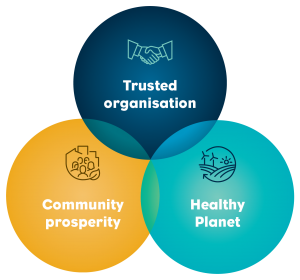
High school students ‘graduate’ with renewable energy insights
Graduates of the inaugural New Energy Technology (NET) program recently celebrated six months of hands-on learning and problem solving alongside their mentors from Gippsland’s growing energy industry.
In a collaborative effort, Baw Baw Latrobe Local Learning and Employment Network partnered with Broadening Horizons and Gippsland Tech School to deliver the program to a group of 27 students from across Baw Baw and the Latrobe Valley.
Marinus Link’s Economic Development Manager Christina Young mentored a group of year 9 and 10 Trafalgar High School students as part of the NET program.
Ms Young said she was proud to be part of the students’ learning about renewable energy and its growing local industry.
“It’s inspiring how passionate these creative young people are about reducing the impacts of climate change, and advocating for a renewable energy future for their communities,” she said.
“The new jobs generated from renewable energy and transmission projects will bring so many opportunities for our communities.”
Erlinda James, Partnership Broker for the Baw Baw Latrobe Local Learning and Employment Network, coordinated the program following a call from Gippsland careers teachers for an opportunity to learn about the growing renewable energy industry.
“Given the shortage of technical skills in Gippsland, the NET program was created for teachers to expose young people to future job opportunities in the region,” Ms James said.
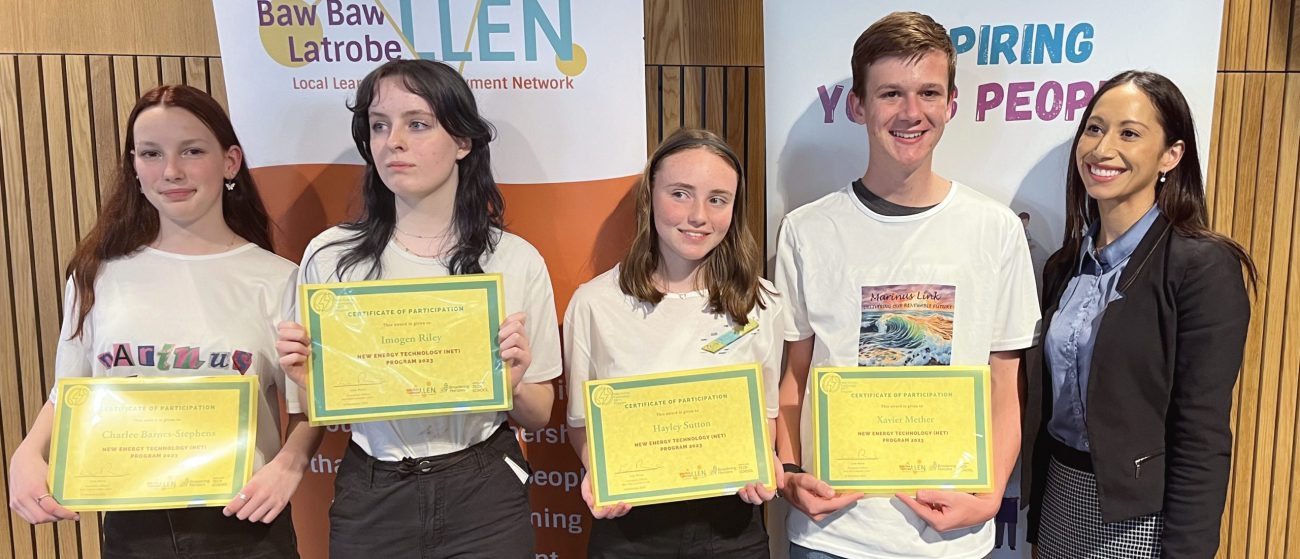
Workforce Accommodation update
Understanding local housing availability and ensuring there’s enough accommodation for our future workforce is a top priority for Marinus Link. To plan for this, we are working on our Workforce Accommodation Strategy.
The Strategy will outline how we will approach workforce accommodation requirements throughout the construction phase of the project. Over the coming months, we will be unpacking the project’s expected workforce numbers and connecting with key project stakeholders in local government, housing service providers and the commercial housing industry to finalise the Strategy.

Answering your questions
What does Stage 1 and 2 of Marinus Link look like?
Stage 1 of Marinus Link will involve:
- Installing the first 750MW electricity and data cable along the proposed route.
- Constructing the converter stations needed to connect Marinus Link into the electricity grid.
- Stage 1 is set to commence in 2025, following a Final Investment Decision in December 2024.
Below is a breakdown of the main activities during Stage 1:
- Installing the first 750 MW electricity and data cable – this will run undersea across Bass Strait for 255 km and underground for 90 km from Waratah Bay to Hazelwood in Victoria.
- We will work closely with landowners and our delivery partners to install underground cable civil works and associated earthworks across the proposed route.
- Constructing converter stations in Heybridge, Tasmania, and Hazelwood, Victoria.
- Delivering converter station civil works – which includes constructing the converter buildings and associated site works, such as fencing and drainage, etc.
Stage 2 of Marinus Link will involve:
- Installing the second 750MW electricity and data cable along the proposed route.
- Constructing the converter stations needed to connect the second cable into the electricity grid.
- The timing of Stage 2 will be coordinated with the development of Tasmania’s pumped hydro projects and recommendations from the Australian Energy Market Operator’s Integrated System Plan (ISP), which is updated every 2 years. The Draft 2024 ISP was released in mid-December 2023 and the final 2024 ISP will be released in June 2024. Click here for more information about the Draft 2024 ISP.
It’s important to note:
- It is expected that most of the civil works necessary for Stage 2, will have already been completed during Stage 1.
- Installation of cables for Stage 2 will primarily involve the pulling and jointing of the second pair of cables and associated works, and the balance of civil works and any additional works required – for example, rebuilding degraded access tracks leading to the cable joint bays and reinstatement of the land when works are complete.
What does this mean for landowners?
- Marinus Link is prioritising one pair of cables in the first instance, with a Final Investment Decision targeted for late 2024.
- For landowners this means that construction is still expected to begin in 2025. However, the timeline for delivery of Stage 2 is yet to be determined. While there may be a gap in delivery between Stages 1 and 2, we are expecting that most of the earthworks including installation of cable ducts will be completed during Stage 1 to ensure minimal disruption to landowners and affected communities during Stage 2.
